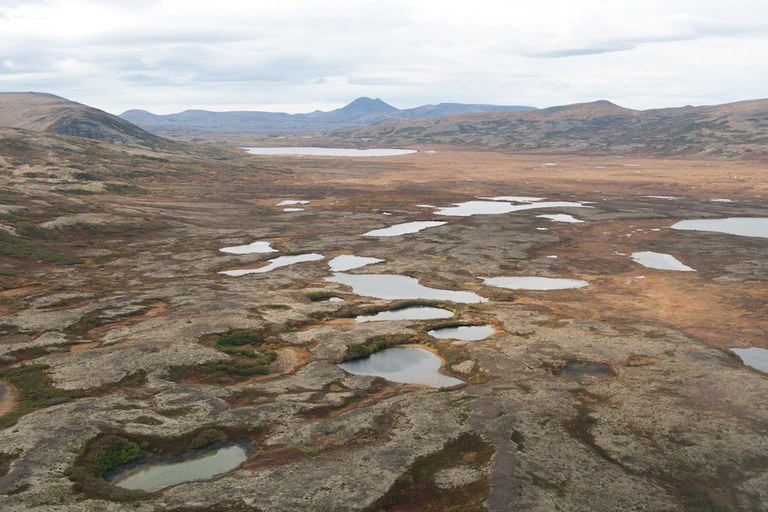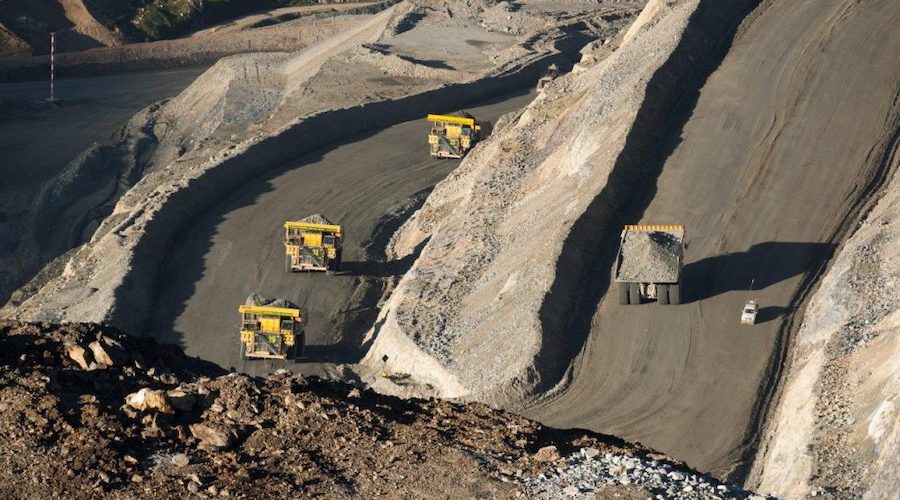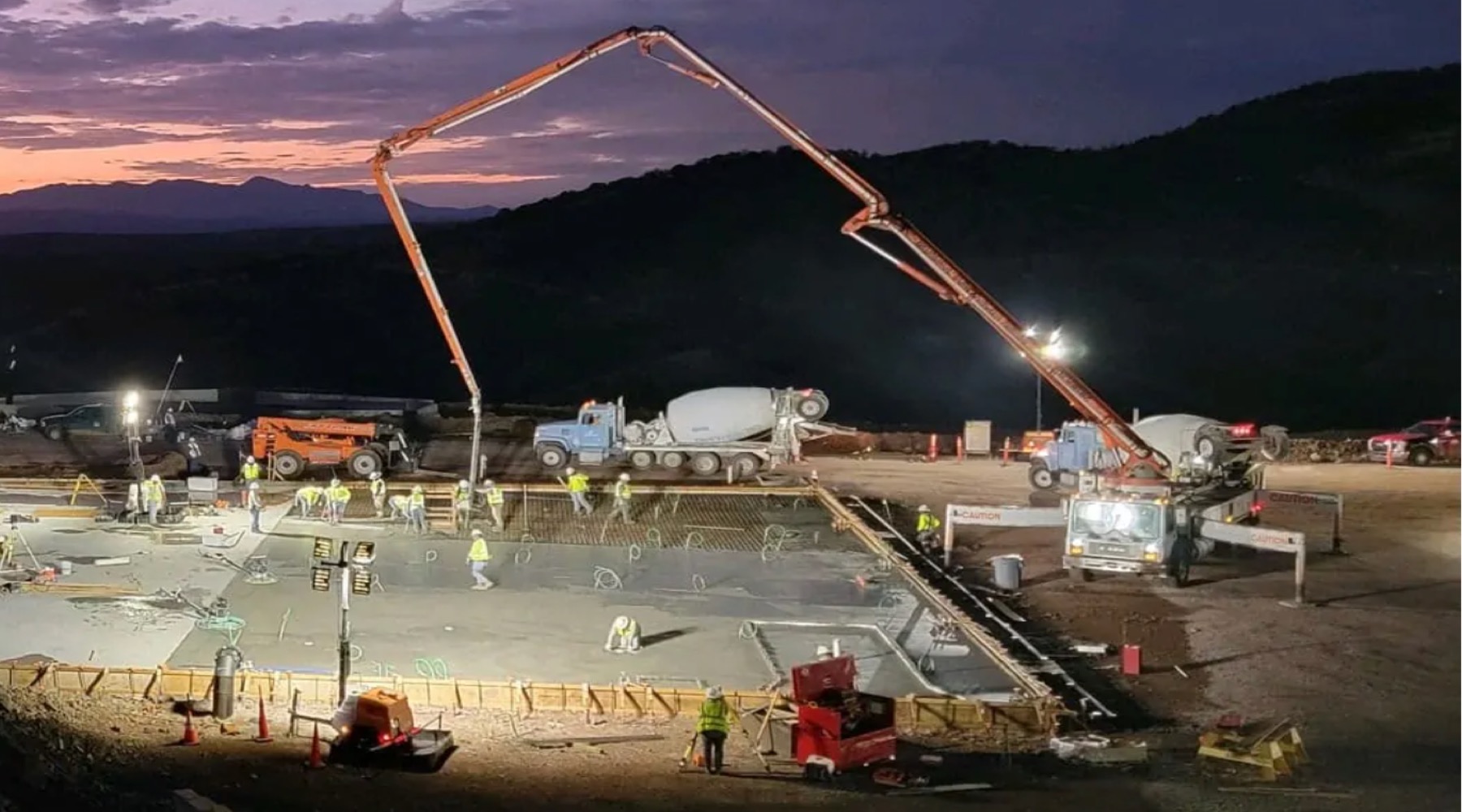Investors call on EPA, Congress for ban on development in Alaska’s Bristol Bay

On Wednesday, 50 investors representing $105 billion sent a letter calling for the U.S. Environmental Protection Agency (EPA) and Congress to permanently protect Alaska’s Bristol Bay against large-scale mining.
The signatories are concerned about the long-term social and environmental impacts of the Pebble mine, a massive open-pit gold and copper project in the Bristol Bay headwaters proposed by Canadian junior Northern Dynasty Minerals (NYSE: NAK).
On Tuesday, Northern Dynasty announced it had written to the recently confirmed Administrator of the EPA Michael Regan with a status update on the Pebble project and had urged the new Administrator to support a full and fair process for the project.
The investors said that while recognizing the importance of natural resource development to support economic growth, they are concerned waste from the proposed mine would threaten the world’s largest wild salmon fishery, located in the Bristol Bay area.
The Pebble project proposal has been the subject of controversy in the southwest Alaska region for several years, in particular with regards to its potential risk to the watershed, salmon and other fisheries. However, a leaked draft of the Environmental Impact Statement (EIS) suggests that the nearby water resources could co-exist with the mine.
The fishery supplies half of the world’s commercial supply of wild sockeye salmon, provides $2.2 billion in annual revenue, 15,000 jobs, and sustains Alaska Native communities. Bristol Bay Native Tribes, commercial fishermen, business leaders, and conservation organizations are opposed to the Pebble mine.
“We believe the Bristol Bay salmon fishery has too much economic and inherent value to risk on the short-term benefits of a large-scale mine like Pebble”
Jonas Kron, chief advocacy officer, Trillium Asset Management
“Pollution from mineral extraction generates very real, but currently unpriced, economic, social, and environmental externalities,” Jonas Kron, chief advocacy officer of Trillium Asset Management said in the media statement.
“We believe the Bristol Bay salmon fishery has too much economic and inherent value to risk on the short-term benefits of a large-scale mine like Pebble.”
The investor letter calls for the EPA to use its authority under Section 404(c) of the Clean Water Act to immediately restrict mine waste disposal in wetlands, rivers and streams within the Bristol Bay watershed; and for Congress to enact legislation to establish a National Fisheries Area to provide permanent federal protection against large-scale mining within the Bristol Bay watershed.
After years of permitting setbacks, in April 2020, a US federal district court judge granted the EPA’s motion to dismiss a case brought by a collection of activist groups opposed to the Pebble project.
The litigation challenged the EPA’s decision in July 2019 to withdraw its prior regulatory action under Section 404(c) of the Clean Water Act, initiated in 2014 by the Obama Administration, which sought to pre-emptively veto the Pebble project before permit applications had been filed or an EIS permitting process was undertaken.
In November 2020, the U.S. Army Corps of Engineers (USACE) rejected the Pebble Mine permit application after determining that its development would “cause unavoidable adverse impacts” to aquatic resources. The USACE concluded that the mine as proposed “cannot be permitted under section 404 of the Clean Water Act,” and it would be “contrary to the public interest.”
Northern Dynasty called the decision “politically motivated” and said it is fundamentally unsupported by the administrative record as developed by the USACE through the Environmental Impact Statement process for the Pebble project. In January 2021, Northern Dynasty filed an appeal.
If permitted, Pebble would become North America’s largest mine, with an estimated measured and indicated resource of 6.5 billion tonnes containing 57 billion lb copper, 71 million oz gold, 3.4 billion lb molybdenum and 345 million oz silver.
More News
PDAC JV video: Laos tax breaks boost mining investment, Laos Shenker exec says
The company processes 200,000 tonnes of ore per year using its energy and cost-cutting technology.
March 21, 2025 | 02:47 pm
Peru copper output up 7% in January
Production climbed largely due to higher output from MMG's Las Bambas mine and Anglo American's Quellaveco mine.
March 21, 2025 | 01:58 pm
University of Arizona mining innovation engine aims to build skilled domestic workforce
Arizona’s Sustainable Mining Innovation Engine proposal would secure up to $160 million over 10 years.
March 21, 2025 | 12:56 pm
{{ commodity.name }}
{{ post.title }}
{{ post.excerpt }}
{{ post.date }}




3 Comments
Alan R. Rice
Well when China invades Taiwan, and captures that Island, the US economy will completely collapse.
Totally weakening the US military as we will lose several aircraft carriers, if we try to defend Taiwan.
They will then set their sites on Conquering Alaska. Recently China and Russia held simulated drills
of invading Alaska. Since Alaska has tens of trillions of dollars of Minerals, oil and gas, and the US environmental wacko’s refuse to let our Nation harvest those much needed minerals, China and Russia will be glad to take Alaska and those minerals, oil and gas off our hands…All the hard work that NDM has done, will truly help China and Russia know exactly where to dig…Oh and as far as the Salmon population, well I’m pretty sure it will fill a lot of belly’s in China and Russia.
Jenny Boseman
Corporations have destroyed the resources we have by failing to follow ethical decisions regardless of the harm to people plants and animals. There isn’t much left. Judges are too ignorant to recognize the damage on a scientific level. Then we have corrupt politicians waiting to sink their teeth into the next money maker…um, what about the health of people.
In the water pumped to my home there are over 10 carcinogens…no one cares…is that the future? I hope better decisions are made by better people…all I see is corruption. Status quo. Environmental activists are intelligent people. They are warning us all…its up to leaders…real leaders, to listen. But I doubt it.
laz pitts
who are these “investors … and what is their investment in, in relation to this proposed critical materials mine … give all of todays enviro friendly mining technology, and the ability to confirm compliance by satellite observation … not to mention all the skilled jobs that it will create, including betterment of local lifestyle … what is the enviro NIMBY wackos problem ?? do they hate progress and/or wish that we have to buy these metals, minerals from China … I ask as a former registered environmental site assessor, and manager !! This is insanity on steroids … Meanwhile, not a peep out of any of these enviro wackos regarding the continued meltdown of Fukushima’s reactor cores !! go figure !!